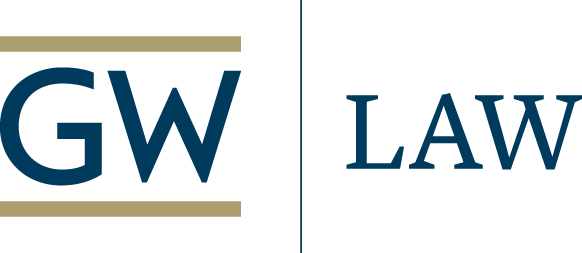Collaborative Conversations Series: Microgrid Regulation…or Not?
Pre-registration required. No walk-ins or day-of registration.
Collaborative Conversations is a new series intended to further thought, discussion, and creative, collaborative solutions around emerging legal and regulatory issues among members of industry, government and academia. Through a format of short presentations, highly engaged participants, and extended but fast-paced discussion periods, under Chatham House Rule*, GW Law’s Sustainable Energy Initiative (SEI) hopes that participants with differing views will develop a deeper understanding of complex problems and find common ground. Participants are urged to speak and write about the ideas generated at Collaborative Conversation sessions**, as will the SEI staff and students, in order to move ideas into actions.
The first session of the Collaborative Conversations series will address microgrids. A microgrid is a group of interconnected loads and distributed energy resources with clearly defined electrical boundaries that acts as a single controllable entity with respect to the grid. Microgrid proponents identify reduced emissions, improved energy efficiency and increased reliability and resiliency as among the benefits that wider deployment of microgrids can bring to the grid.
This first session will take up the issue of whether and what regulations are needed, or not, as microgrids seek to enter the market in larger numbers. Regulations, many of which were developed without consideration of microgrids, can create barriers, such as by unnecessarily barring participation in a particular market, or causing an undue burden. But regulation may be needed in some circumstances, for example to protect consumers that have unequal bargaining power or to address costs that are imposed on non-participants. And regulations can provide certainty as to the rights and obligations of various parties, and thereby facilitate investment and participation.
Microgrids occupy a multi-faceted position in the market: they are providers of distribution service to their interconnected customers and also may also provide services to the grid and take service as the customer of an interconnected utility. The relationships between the microgrid and its customers, its interconnected utility, that utility’s other customers, and the wholesale market are all areas in which there are differing views on the appropriate balance between the free operation of market forces and regulation. As the cost-effectiveness of microgrids continues to improve and opportunities for deployment increase, there will be a greater need for regulators at the federal, state, and local level to make difficult decisions about whether and how microgrids will be regulated and their costs and benefits will be allocated. This session provides an opportunity for stakeholders to suggest appropriate scope and considerations.
Discussions on the topics below will be kicked-off with short presentations by selected speakers, but in order to make this unconventional format a success, all attendees are urged to be active participants.
Agenda
8:30 am: Doors open
9-9:15 am: Welcome, ground rules, brief introductions
9:15-9:30 am: Legal barriers and regulatory hurdles: Brief examples of real life experiences, to provide context for the issues that need to be addressed.
9:30-10:10 am: The Microgrid and Its Connected Customers
Consumers and providers of electric power will have a relationship to the microgrid owner that will necessarily be defined by contract or tariff. To what degree should their relationship be defined by regulators versus the market? Factors may include, for example, the sophistication of the customers and whether there are other relationships between or among the parties (e.g., a homeowners’ association, a corporate affiliation, a voluntarily formed cooperative). If regulations are required, to what purpose? Examples of appropriate regulation?
10:10-11 am: The Microgrid, The Utility, and The Utility’s Other Customers
This session addresses two interrelated relationships: the microgrid’s relationship to the utility and the microgrid’s relationship to the utility’s other customers, which could include issues around the migration of customers on and off the microgrid. The relationship between the microgrid and the utility will be shaped by an interconnection agreement, the rates the microgrid pays the utility for use of the utility system and the utility’s services, which may or may not include commodity costs, depending on whether the microgrid is located in competitive access state. However, with respect to the rate issues in particular, the utility’s other customers may be affected. What are the costs, benefits, externalities and other factors that regulators should consider? Are there rate designs that are more effective, or not, in advancing identified goals?
11-11:20 am: The Microgrid and The Wholesale Market
Microgrids may be able to provide services to the wholesale market and the transmission operator, such as black start, demand response, and perhaps load following. However, to do so, market rules must accommodate their participation and the role of the distribution utility, as the intermediary between the microgrid and the transmission grid (on systems that are not vertically integrated between the distribution and transmission level) must be considered. What are the issues in this space and what is required of regulators, if anything?
* When a meeting, or part thereof, is held under the Chatham House Rule, participants are free to use the information received, but neither the identity nor the affiliation of the speaker(s), nor that of any other participant, may be revealed.
** Please attribute any information received to the GW Law Collaborative Conversations forum

